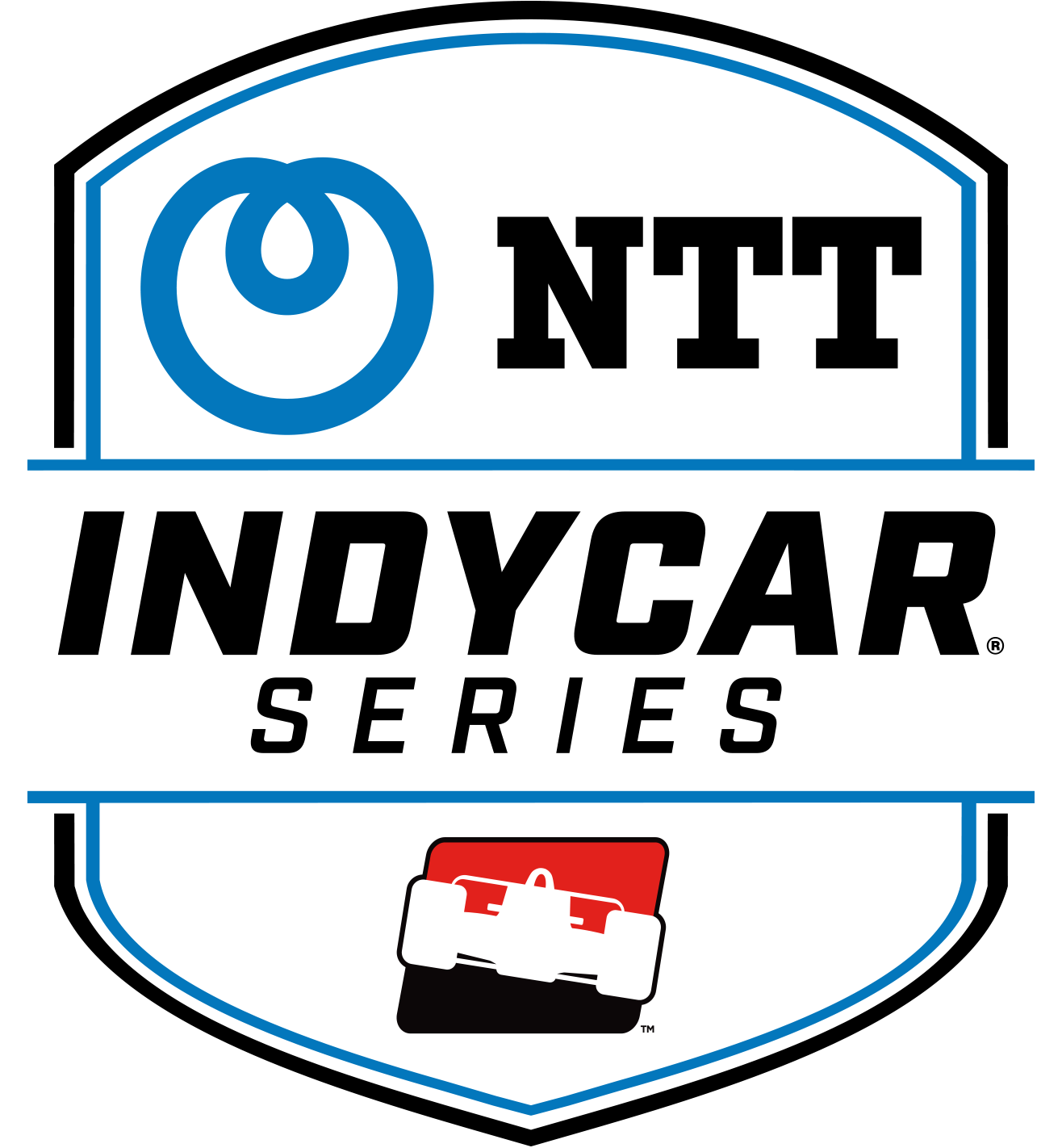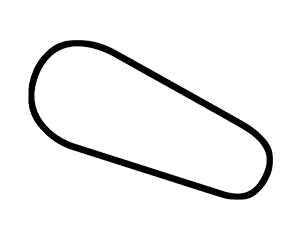APP EXCLUSIVE: Frye's connections pay off with Aeroscreen
OCT 02, 2019
When Jay Frye was managing Red Bull Racing’s NASCAR operation from 2008 to 2011, he developed a close working relationship with members of Red Bull’s Formula One effort. Most notable on that team is Christian Horner, the team principal of Red Bull F1.
Earlier this year, Frye wanted to move forward with his driver cockpit initiative, which at that time was a plexiglass windscreen. When tests did not produce the results Frye hoped, he contacted Horner for advice.
“Through Christian and Jonathan Wheatley, who is Red Bull’s Sporting Director and team manager and also a really good friend, we started talking about this,” Frye told NTT INDYCAR Mobile Wednesday at Indianapolis Motor Speedway. “We had been working on something at INDYCAR for several years and couldn’t quite get it over the hump. I called them and they said they had built an Aeroscreen for Formula One, but F1 went with the Halo instead.
“Red Bull still had this piece. I asked if they could work on getting their piece put on our car. It evolved from that.”
The original Red Bull piece would not work because of the unique loads on an Indy car, but Red Bull Advanced Technologies developed a piece that is incorporated the Indy car roll hoop, making it stronger than the halo.
Frye called Red Bull Technologies a few days after the INDYCAR open test at Circuit of The Americas in February.
“Within a couple of days, we started rolling,” Frye said. “There was great enthusiasm on their part. We can’t thank them enough. The Pankl guys have been great and the Dallara guys have been great. Everybody has worked hard on this project. They all had a goal for making a universal total driver safety solution for the driver cockpit.”
The current Aeroscreen combines aspects of a Halo with the extra protection of a windscreen to create a safety-redundant system of protection for the driver.
“It’s pretty cool that you have an F1 team and Red Bull Advanced Technologies working together with INDYCAR to have this on our car,” Frye said. “It’s motorsports working together where we have partnered with an F1 team to come up with a total safety solution for us and it’s been a lot of fun.
“I’m a big believer we all need to work together for all of us to succeed.”
Andy Damerum, Red Bull Racing's Commercial Development Officer (shown above), was a key part of the project and was at Indianapolis Motor Speedway to see it become a reality on the track.
“I’m massively excited,” Damerum told NTT INDYCAR Mobile. “To see it on the race car and to get the feedback from the drivers has been a great experience for me and the team. We started it in anger in March until now. We have a few more tests to go yet, but it is operating as it should be.
“We thought about airflow and we will work with the airducts to get the air to flow better to help cool the drivers. The guys will be working on that the next week.”
Damerum calls Frye a friend of the Red Bull family.
“Jay met the team over at COTA last year and asked if we could help them out,” Damerum said. “I said, yes, we can help out. We have already done this. It’s just a different chassis. It shouldn’t be too much of a drama.”
Red Bull had developed a canopy in its original Formula One design, so getting the IndyCar design to work with a windscreen was totally feasible.
Over at Red Bull Racing’s Formula One headquarters in Milton Keynes, United Kingdom, Horner has played a big role supporting this effort.
“Christian has supported this the whole way through,” Damerum said. “We hired some more people to take on this work for INDYCAR, but we want to be involved in more than one form of racing.
“People are talking about this over the pond. This is big, big news over there as well. They didn’t adopt the windscreen when F1 picked the halo, but who knows what will happen when they see this? It looks really cool. It looks like a fighter jet from the side. When the teams get these pieces, they will make it look even more cool.
“This is a hugely rewarding feeling. It’s extremely rewarding.”



















